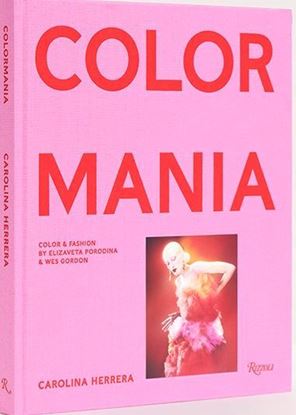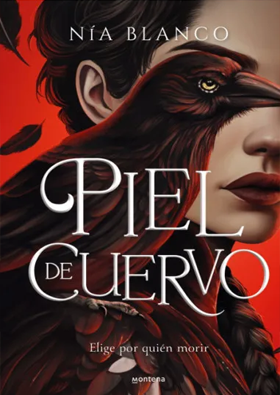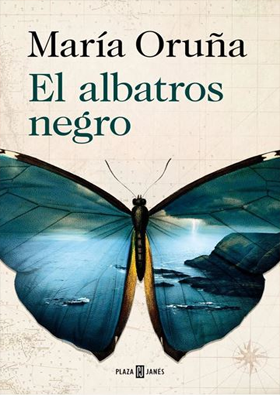

CABINET OF CURIOSITIES (40TH) (INT)CABIN
The Wunderkammer, or “cabinet of curiosities,” saw collectors gathering objects from many strands of artistic, scientific, and intellectual endeavor, in an ambitious attempt to encompass all of humankind’s knowledge in a single room.
From the Grand Duke Francesco I de’ Medici and Holy Roman Emperor Rudolf II to Archduke Ferdinand II of Habsburg, these aristocratic virtuosos acquired, selected, and displayed the objects in real-life catalogues that represented the entire world―spanning architecture, interior design, painting, sculpture, gemology, geology, botany, biology and taxonomy, astrology, alchemy, anthropology, ethnography, and history.
Marvel at the unicorn horns (narwhal tusks), gems, rare coral growths, Murano glasswork, paintings and peculiar mechanical automata. Browse through illustrations of exotic and mythical creatures and discover the famed “Coburg ivories,” an astounding collection of crafted artifacts. These collections are nothing short of a journey through time, from the Renaissance and Age of Discovery, the Mannerist and Baroque periods, up to the present day. Although many of these cabinets of curiosities no longer exist, others have been meticulously reconstructed, and new ones born.
2,200
1,650
CABINS (45TH ED.) (INT)
Desde que Henry David Thoreau describiera en Walden o Vida en los bosques (1854) los dos años, dos meses y dos días que habitó en una cabaña en Walden Pond (Massachusetts), la idea de una vivienda refugio ha seducido a la psique moderna. En la última década, con el crecimiento exponencial del consumo de materias primas y el impacto de nuestra huella ecológica, arquitectos internacionales se han interesado por las posibilidades que brinda un tipo de casa aislada, minimalista y de bajo impacto.
Esta edición de Cabañas, que combina un texto en profundidad con abundantes fotografías y brillantes ilustraciones de Marie-Laure Cruschi, explora las oportunidades que brinda este tipo de arquitectura para la creatividad. La cabaña renuncia a los excesos y limita su intrusión espacial a cubrir las necesidades esenciales para vivir, al tiempo que se muestra respetuosa con el medio natural en el que se ubica y prioriza soluciones ecológicas. Así, las cabañas ofrecen algunas de las propuestas más innovadoras y con mayor visión de futuro de la arquitectura contemporánea, de la mano de Renzo Piano, Terunobu Fujimori, Tom Kundig y muchos otros jóvenes profesionales que trabajan en estos espacios refugio.
2,300
1,725
CANCION DE AMOR DEFINITIVA (of2)
«Cambio de ánimo, de país y de profesión según las circunstancias. Un día estoy cantando sobre el escenario de un festival abarrotado de gente y al siguiente ejerciendo de enfermero en una residencia para pacientes con demencia y alzhéimer en Noruega. Esta doble vida, entre la música y la enfermedad, me obliga a ir y venir constantemente. Vivo entre dos mundos pero no encajo en ninguno, y todo parece estar siempre a punto de resquebrajarse. El escenario y el amor son una tregua, una burbuja a salvo de todo lo que me asfixia. Me he pasado la vida tratando de ser alguien más allá de mi casa para al final llegar a la conclusión de que lo que me importa es ser alguien en ella. Aquí es donde residen el gran amor de mi vida y mis hijas, y es donde sigo manteniendo intacta la esperanza de escribir algún día la canción de amor definitiva».
Jorge Martí es líder y cantante de una de las bandas más importantes del indie español: La habitación roja. Pero su vida no es la que se podría esperar del líder de una banda de rock, tiene una cara A: la que muestra en el escenario cuando canta junto a sus fans a pleno pulmón Ayer o Indestructibles, concede entrevistas y viaja promocionando sus discos. Y una cara B, desconocida para sus miles de fans, la del fracaso, las expectativas no cumplidas, la decepción, la enfermedad, y también el amor y la música, que tal vez sean la misma cosa.
500
375
CARAVAGGIO (XL) (INT)
Caravaggio, or more accurately Michelangelo Merisi da Caravaggio (1571–1610), was a legend even in his own lifetime. Notorious bad boy of Italian painting, the artist was at once celebrated and controversial: Violent in temper, precise in technique, a creative master, and a man on the run.
This work offers a comprehensive reassessment of Caravaggio’s entire œuvre with a catalogue raisonné of his works. Each painting is reproduced in large format, with recent, high production photography allowing for dramatic close-ups with Caravaggio's ingenious details of looks and gestures.
Five introductory chapters analyze Caravaggio's artistic career from his early struggle to make a living, through his first public commissions in Rome, and his growing celebrity status. They look at his increasing daring with lighting and with a boundary-breaking naturalism which allowed even biblical events to unfold with an unprecedented immediacy before the viewer.
6,500
4,875
CAROLINA HERRERA
The sophistication and modern femininity of the American luxury fashion house Carolina Herrera is captured in this evocative and vividly hued volume photographed by Elizaveta Porodina. A collaborative series of images, the first chapter of which was created in 2020 over Zoom, feature Porodina’s signature timeless, painterly style—an effect achieved through complex lighting techniques and equipment— capture the brand’s evolving collections designed by Creative Director Wes Gordon in a dreamy, otherworldly light.
Inspired by dance, movement and the Herrera signature of bold color, this mesmerizing tome is flooded with photography of models and dancers in motion to reflect the vibrant energy and optimism of the clothing, arranged according to the chroma wheel instead of chronologically. Ethereal beauties, including singer and actress Dove Cameron, dancers Wendy Wheelan and Misa Kuranaga, and models Maggie Maurer and Mao Xing Xing, wear sweeping ballgowns, bold, saturated colors and dramatic silhouettes across ten collections designed by Wes Gordon over the past four years, capturing the fantastical universe of Beauty that is Carolina Herrera.
4,995
3,746
CARTIER. HISTORIA DETRAS DE LA MODA
Siga los pasos de la realeza, las celebridades y los mejor vestidos del mundo, y sumérjase en el lujoso universo de Cartier.
Recorra la historia de la famosa joyería y relojería, desde sus humildes comienzos en el París del siglo xix hasta el deslumbrante imperio que es ahora.
Descubra cómo la ambiciosa familia Cartier revolucionó el diseño, cautivó a marajás y presidentes, forjó estratégicas relaciones creativas y se hizo popular con diseños emblemáticos como el Panthère, el Tank y el brazalete Love.
995
746














